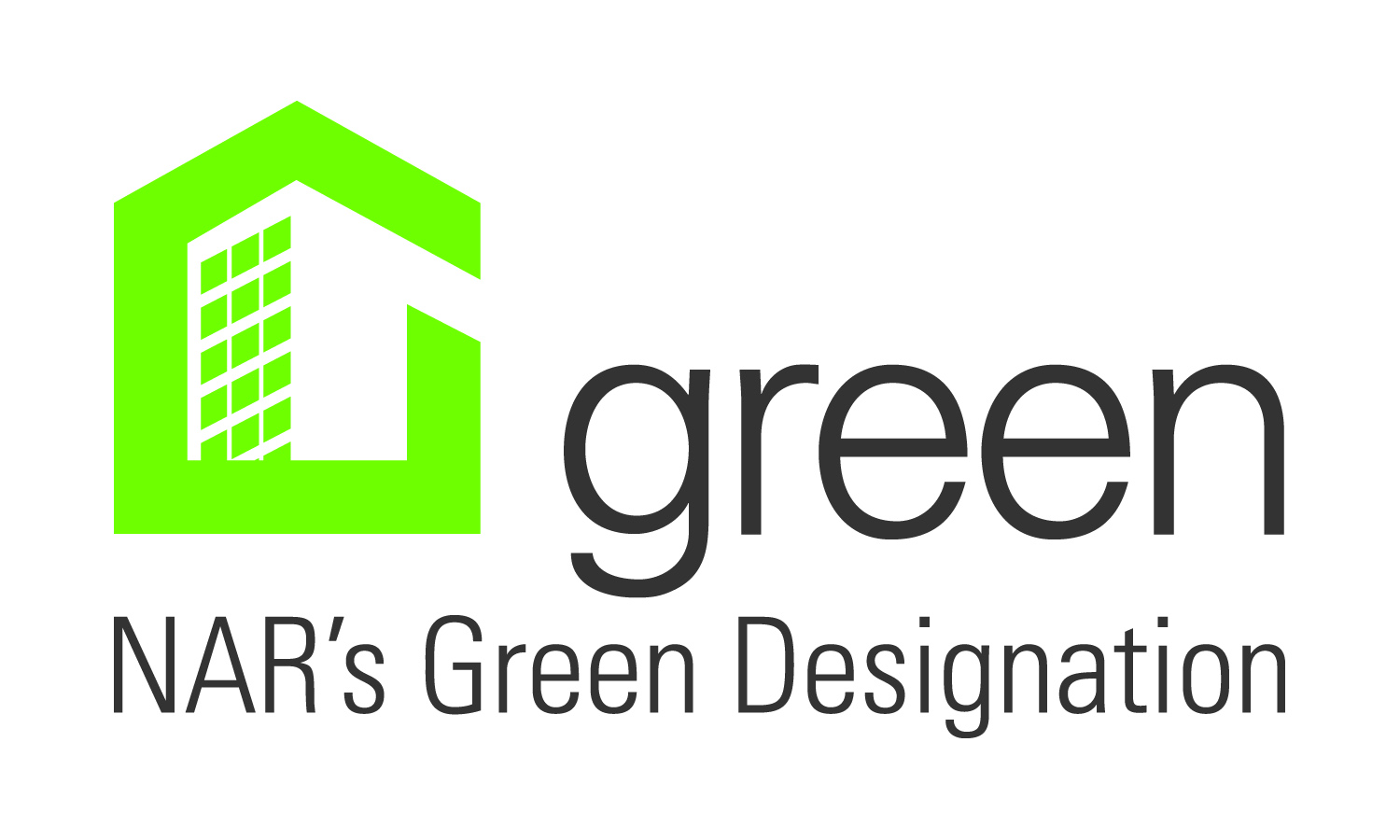At a time when environmental awareness is becoming increasingly widespread, particularly among the young, homebuyers are increasingly looking for green homes, and new home construction offers the quickest gateway to a truly sustainable home. Arlington Designer Homes Construction, Christopher Companies in Oakton, and Trigon Homes in Culpeper have joined a growing number of builders across the country who are dedicated to green construction principles. More than simply a building, a green home represents a commitment to minimizing one’s carbon footprint. That said, what exactly makes a home green or sustainable?
Energy Efficiency: The Foundation
A commitment to energy efficiency is the driving force behind every green home, and several features lie at the core.
- Passive Design: Green homes incorporate natural elements such as sunlight, wind, and vegetation to regulate temperature and lighting. For instance, building orientation can significantly impact energy use. While south facing windows allow the home to be passively heated by the sun in winter, reducing reliance on the heating system, those same windows will significantly increase indoor temperatures in the summer, increasing the need for air conditioning. Properly sized, fixed overhangs can shield these southern facing windows from the summer sun, moderating indoor temperatures during the hottest part of the day.
- High-Performance Insulation: Sufficient insulation, made from sustainable materials like cellulose or recycled denim, prevents heat loss in winter and keeps interiors cool in summer. Again, this reduces the demand for heating and air conditioning and lowers energy consumption. Check the Department of Energy’s website for its recommended insulation in Virginia.
- Energy-Efficient Appliances: From refrigerators to HVAC systems, green homes are equipped with appliances that meet strict energy efficiency standards. ENERGY STAR-rated devices consume significantly less energy, contributing to overall sustainability.
- Renewable Energy Sources: Incorporating renewable energy sources such as solar panels, small roof-mounted wind turbines, or geothermal systems allows homeowners to generate their electricity sustainably. Excess energy can be stored or fed back into the grid, further reducing the home’s environmental impact.
Water Conservation: A Precious Resource
As anyone who draws their water from the Colorado River could tell you, water scarcity has become a major problem, and it’s not confined to the western states. This makes water conservation a crucial aspect of green home design. Sustainable water management features include:
- Low-Flow Fixtures: Installing low-flow toilets, faucets, and showerheads significantly reduces water consumption without impacting performance.
- Greywater Systems: Greywater, wastewater from sinks, showers, and laundry, can be treated and reused for irrigation or non-potable purposes like flushing toilets. Implementing greywater recycling systems conserves freshwater resources and reduces strain on sewage infrastructure. A good greywater system will cost between $5,000 and $20,000 depending on its size and intended use. In Virginia, use of a greywater reuse system requires a permit issued by the Department of Health.
- Rainwater Capture: Collecting rainwater from rooftops and directing it to storage tanks for later use reduces dependence on municipal water supplies. Rainwater can fulfill various household needs, including irrigation, laundry, and even potable water with proper filtration. In Virginia, this also requires a permit from the Department of Health.
While very few new construction suburban homes in Virginia are currently designed to recycle so-called greywater or capture rainwater for household use, it’s eminently possible to do both in more exurban or rural settings.
Sustainable Materials: Building with Purpose
Choosing sustainable materials for items such as flooring, countertops, cabinetry, and insulation is a fundamental part of constructing a green home.
- Recycled Content: Materials made from recycled resources, such as recycled steel, reclaimed wood, or recycled glass, reduce demand for newly manufactured materials.
- Renewable Resources: Using materials derived from renewable resources like bamboo and cork helps preserve more finite natural resources.
- Low-impact Production: Selecting materials manufactured using energy-efficient processes with minimal carbon emissions minimizes environmental impact throughout the production lifecycle.
- Non-Toxic and Biodegradable: Materials free of harmful chemicals improves indoor air quality and reduces health risk. Biodegradable materials, such as natural linoleum or clay plaster, have minimal environmental impact at the end of their life cycle.
Healthy Indoor Environment: Wellness Matters
In addition to environmental considerations, green homes prioritize occupant health and well-being. This involves:
- Natural Ventilation: Designing homes with ample windows and ventilation promotes indoor air circulation, reducing the buildup of pollutants and ensuring a constant supply of fresh air.
- Low-Emitting Materials: Using paints, adhesives, and finishes with low Volatile Organic Chemical (VOC) content minimizes indoor air pollution, creating a healthier living environment for occupants.
- Daylighting: Maximizing natural light through well-placed windows and skylights not only reduces the need for artificial lighting but also enhances mood and productivity while reducing reliance on energy-consuming lighting fixtures.
- Biophilic Design: Incorporating elements of nature, such as indoor plants, natural materials, and views of greenery, connects occupants with the natural world, reduces stress, and fosters a sense of wellbeing.
In essence, a green or sustainable home embodies a holistic approach to living—one that prioritizes environmental responsibility, resource efficiency, and occupant well-being. While I’ve focused on new construction in this blog, I plan to discuss retrofitting existing homes to make them greener and more sustainable in a future blog.



